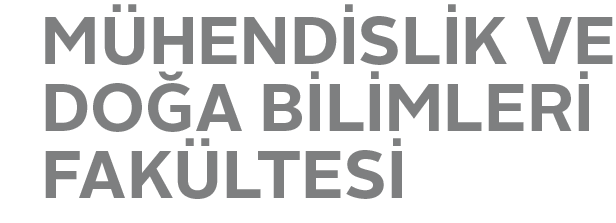- Bioengineering
- Bioinformatics
- Computational Biology
- Molecular and Cellular Biology
- Plant Molecular Biology and Genetics
- Plant Nutrition and Physiology
- Protein Biochemistry & Stability; Targeted Therapies
- Signal transduction and Gene Expression
- Structural and Computational Biology
- Structure-Function Investigations of Bio-macromolecules
- Systems and Integrative Biology

